


 |
PRINTING AND PAPER LOGS |
 |

 RECORDER INTERFACE: (PRINTERS):
RECORDER INTERFACE: (PRINTERS):
Permanent records, electronic and/or paper, are required by the FCC.
"Part of the inhumanity of the computer is that, once it is competently programmed and working smoothly, it is completely honest."
-Isaac Asimov
|

PRINTERS:
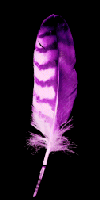 OLD DAYS:
OLD DAYS:
The simplest and cheapest approach is a dedicated local printer. The printer is connected to a specific computer. However, any log (which is also on the hard drive) can be reproduced from an
electronic file, not requiring a specific printer.
At the peak of dedicated printers, I had four inkjets: two for four station operating logs, and two for EAS logs.
I eliminated the hand written log.
My printers ran in a real time mode: printing was continuous and the printer is always "hot". Even early inkjets could be operated this way. This practice is a carryover from the days when an
operator had to sign each entry as it happened, in real time. This procedure worked with old dot matrix printers; where the operator had access to the top of the fan fold. The operator could
initial or sign an entry as it happened. The rules have relaxed since the early 1990's and so also the manner of printing.
NOW:
But today, all my printers are lasers or inkjets. Logs are still in full color.
Logs are converted to Word docs.
In addition logs may be printed anywhere in the building from network
printers.
 Logs for all stations are kept similar in appearance.
Though out the years, I have always had the best looking
logs for broadcasters.
Logs for all stations are kept similar in appearance.
Though out the years, I have always had the best looking
logs for broadcasters.
With these features...
 Log headings
Log headings
 Logos
Logos
 Graphics
Graphics
 Layout
Layout
 Hard drive records
Hard drive records
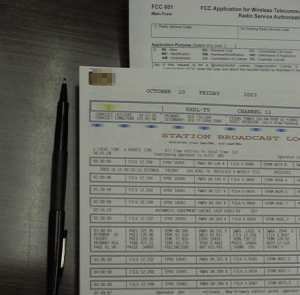
 The FCC requires...
The FCC requires...
 Identity of the Operator
Identity of the Operator
 Log Pagination
Log Pagination
 Required Events
Required Events
 Required Readings
Required Readings
 Signatures (of ops or C.O.)
Signatures (of ops or C.O.)
 Dates and Times
Dates and Times

Old DOS log...
Graphics were combinations of
Hand Coded
and Extended Character set.
|
I designed all log layout from the old DOS days to the present windows. The look has not changed much from the
early 1990's to 2006. Each station can choose the cosmetics, such as logos.

The FCC mandates readings be taken at least every half hour.
My official paper log has parameter readings at least every half hour. But the hard drive has readings at least every 10 minutes, and sometimes, many times a minute! These "extra" readings are
never hyphenated. They serve the engineer for finer detail, and in addition, are used for graphing.
Additional readings are elicited upon many events. An unusual event will trigger a printout. And being time sensitive, the readings are immediate.
THE EARLY DAYS...
In the military I was exposed to controlling things. My work was remote control. I began controlling things in 1985 on my own. I had to design my own digitizes to get the accuracy required by the
FCC.
 In 1993 the heading was not in graphics, but rather ASCII "graphical" characters. By combining
extended characters in geometric patterns, one could have a "graphical" look.
In 1993 the heading was not in graphics, but rather ASCII "graphical" characters. By combining
extended characters in geometric patterns, one could have a "graphical" look.
In the example, you can see that the patterns for the log heading are not true graphics.
True graphics were obtained by writing print drivers for each graphic. Graphics designed for one printer would not print to any other type of printer. Each graphic had to be laboriously written by
hand: pixel-by-pixel. In the example you can see the squiggle is a true graphic produced on a dot matrix printer.
In 1993, dot-matrix printers used ribbons. Ribbons would only last a couple of weeks. Because of many Broadcast Logs, I started not only re-inking these ribbons, but also almost all other ribbons.
I have re-inked many messy ribbons. Through out a building, people would complain of mysteriously having ink on their hands. They could get it from using the bathroom or going through some doors.
They did not track it down to me until I started mixing my own inks. I had beautiful purples, and dark greens. You can see that the displayed log has a purple ink. When people's hands had traces of
black, they seemed to just shrug it off. But when they had purple hands, they zeroed in on me. I had to change my ways.

The log is required to have the date...
 A station could have the operator sign or initial all squiggly marks...
A station could have the operator sign or initial all squiggly marks...
I was the first broadcaster to incorporate operator-signing on the same piece of paper as the telemetry. Many dozens of men and women have signed my logs.
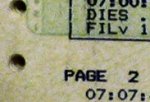
The FCC requires all pages to be enumerated...

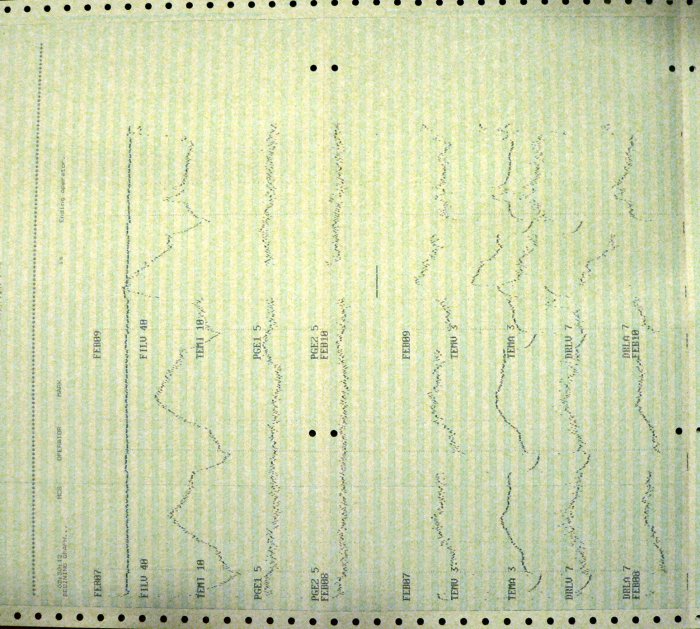 At the end of the broadcast day, several graphs were printed out. Any parameter
could be chosen by each station, and each chosen parameter was correlated in time to the other parameters. The gain of each parameter could be manually adjusted or automatically adjusted. Automatic
was the default. In 1993, the paper graph was black and white, but the on screen graphing was in color. Different colors could be assigned to each parameter. I was probably the first broadcaster to
create parameter graphing. I no longer support parameter graphing.
At the end of the broadcast day, several graphs were printed out. Any parameter
could be chosen by each station, and each chosen parameter was correlated in time to the other parameters. The gain of each parameter could be manually adjusted or automatically adjusted. Automatic
was the default. In 1993, the paper graph was black and white, but the on screen graphing was in color. Different colors could be assigned to each parameter. I was probably the first broadcaster to
create parameter graphing. I no longer support parameter graphing.

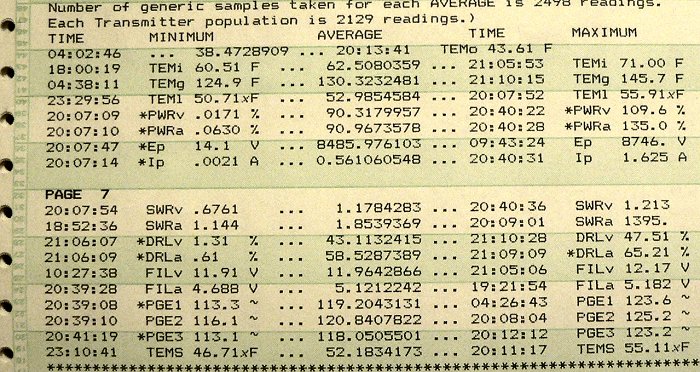 Also at the end of the log are selected averages.
Also at the end of the log are selected averages.

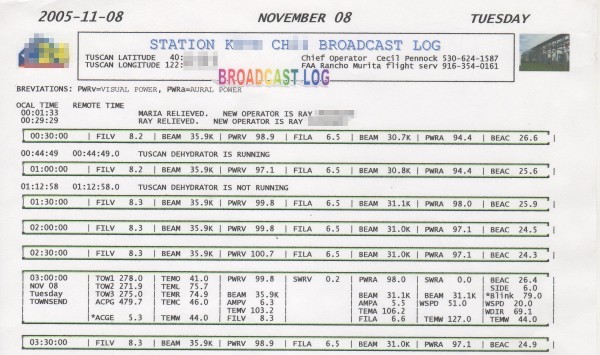 More modern log on standard 8.5 x 11 paper. With HP inkjets the ink is vulnerable to water damage.
The InkJet Epsons are much better. Standard paper is cheaper than fanfold.
More modern log on standard 8.5 x 11 paper. With HP inkjets the ink is vulnerable to water damage.
The InkJet Epsons are much better. Standard paper is cheaper than fanfold.
I invented all of KHSL and KNVN technical logging,
from the programming in the generation process, to the output formats.
It is all mine...
I took the lead in Broadcast logging in 1992 and have maintained it to the present with
constant improvements. And, as I have told the owners of one of the stations:
"I would have done it for no pay."

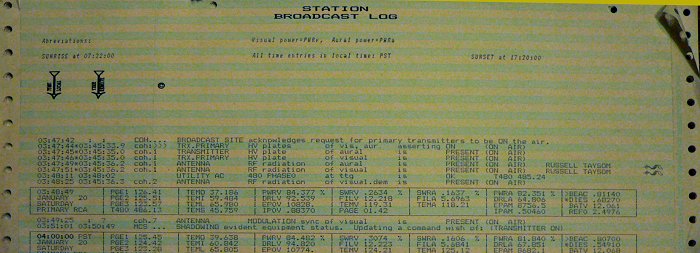 In the early days, printing was done on tractor fed fanfold. Shown here is
"blue-bar". From the start, in day-one, graphics were employed, and had to be "hand-coded" in a print driver. Shown below the two vertical arrows are the local time on the computer, and also the remote time from
time stamps of remote devices. I was probably the first broadcaster to employ remote time-stamping.
In the early days, printing was done on tractor fed fanfold. Shown here is
"blue-bar". From the start, in day-one, graphics were employed, and had to be "hand-coded" in a print driver. Shown below the two vertical arrows are the local time on the computer, and also the remote time from
time stamps of remote devices. I was probably the first broadcaster to employ remote time-stamping.
The early printers were wide carriage and dot matrix and were noisy. But they ran in real time. So when the printer "took-off" unexpectedly, an event was happening. However, the printer also
regularly, every ten minutes, printed out meter readings.
In fact, since the system was controlled by an external clock,
the printer would start up coincidently and exactly when the operator came out of
the break on the top of the hour and the bottom of the hour.
Over the years, as I have been in master control and, like magic,
the operator would slap down his finger on the switcher button,
and the printer would take off. It was just daily activity in an audibly orchestrated master control.
Operators were quite used to the noises and throughout the day worked unaware. But for me, I was immersed in life.
I had created that life.
I will miss those noisy dot matrix printers.
 RESETTING A DOS PRINTER
RESETTING A DOS PRINTER

Autonomous Systems
 OLD DAYS:
OLD DAYS: More modern log on standard 8.5 x 11 paper. With HP inkjets the ink is vulnerable to water damage.
The InkJet Epsons are much better. Standard paper is cheaper than fanfold.
More modern log on standard 8.5 x 11 paper. With HP inkjets the ink is vulnerable to water damage.
The InkJet Epsons are much better. Standard paper is cheaper than fanfold.